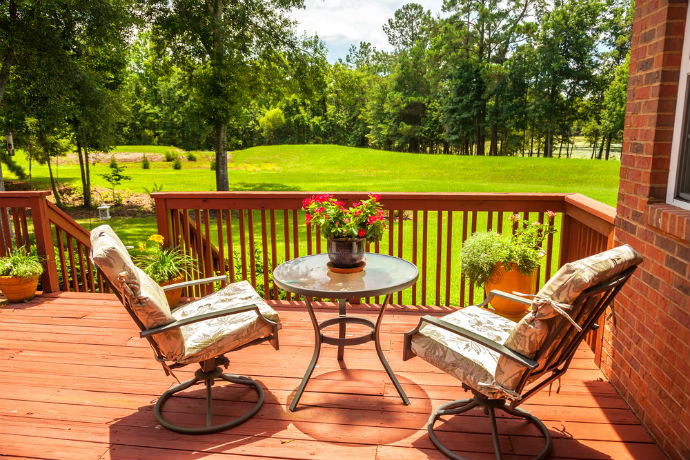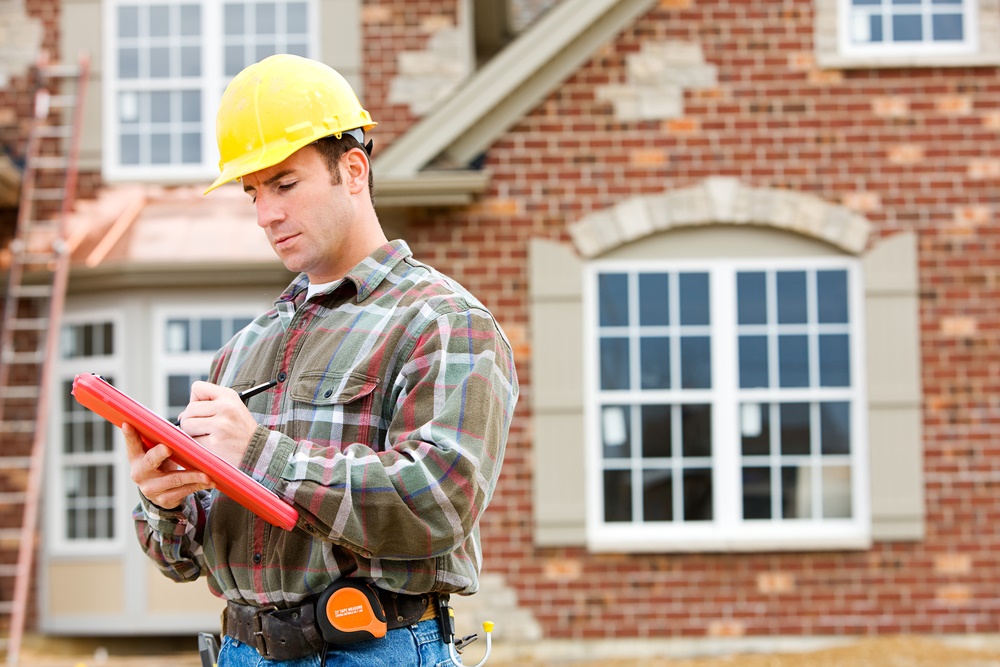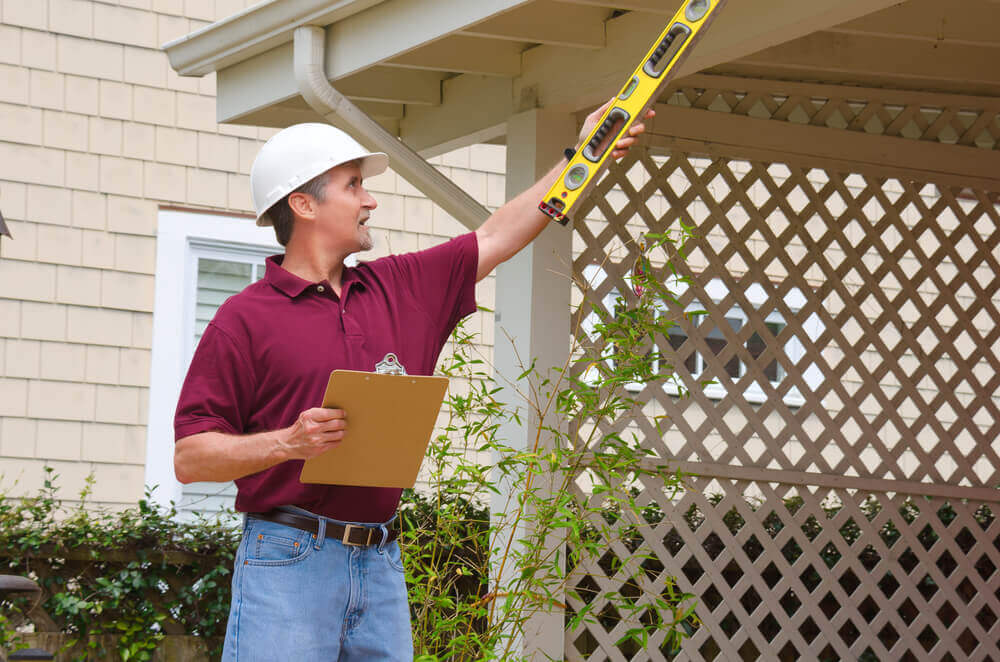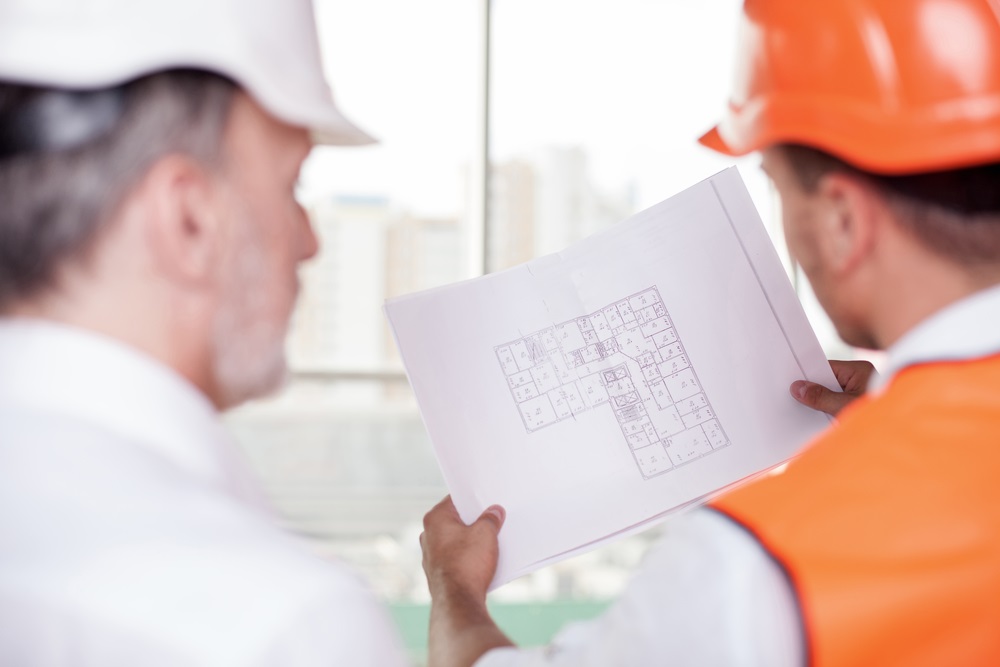Deck Safety Month Means Time for Deck Checks

It’s been a long, cold, and crazy winter for the majority of the United States and we’re all ready to head outside to enjoy some decent weather for a change. If your properties have any sort of attached deck (elevated, especially), now is the time to have them inspected so everyone can gear up for a fun and safe summer.
It’s Time to Inspect Your Decks
According to the North American Deck and Railing Association (NADRA), there are 40 million decks in the United States over 20 years old. In an effort to save lives and prevent injuries from failing decks and balconies, NADRA has declared May as Deck Safety Month.
 The biggest concern is deck collapse and railing failures. These failures occur for a variety of reasons, including old age, poor maintenance, improper building methods or exceeding load capacity. Heavy snow loads during the winter can weaken the deck.
The biggest concern is deck collapse and railing failures. These failures occur for a variety of reasons, including old age, poor maintenance, improper building methods or exceeding load capacity. Heavy snow loads during the winter can weaken the deck.
Which is why the spring thaw is an ideal time for homeowners and property managers to inspect their decks before high levels of activity returns, preferably with the assistance of a qualified engineer, builder, or home inspector.
Is Your Deck or Balcony Party Friendly?
The International Code Council, a membership organization dedicated to building safety and fire prevention, states that a common safety hazard occurs when balconies and decks are nailed to buildings rather than attached with the proper anchors or bolts. Other safety hazards to look for are:
- Split or rotting wood
- Wobbly handrails or guardrails
- Loose, missing or rusting anchors, nails or screws
- Missing, damaged or loose support beams and planking
- Poor end support of the balcony deck, joists or girders
- Excessive movement of the balcony when walked on
- Swaying or unstable balconies
The Full-Deck Safety Checklist
Additionally, the NADRA offers a one-page Consumer Checklist that lists 10 key signs that the deck needs attention. In addition to the hazards listed above, the NADRA cites several key maintenance and safety tips:
- Remove any tree branches that could endanger the deck by breaking free and falling.
- Clean away any leaves and debris, since these can be slippery and promote mildew. If applicable, apply a new waterproof coating.
- Make sure any sources of fire or heat are safely placed away from flammable surfaces or that the deck surface is protected by a non-flammable pad
- Be sure all lighting is working, all electrical outlets, appliances, and features are up to code, and that any electrical cords do not present a tripping hazard
- Avoid placing outdoor furniture or outdoor storage units at the edge of the deck.
We recommend sharing the NADRA Check List with your deck contractor and maintenance team or calling a local deck contractor or home inspector for this task. They know what to look for and what building codes are in force for your municipality.
Deck failures can be avoided through regular maintenance and inspection and knowing the limits of the deck structure, in addition to working with qualified contractors.
Visit http://www.NADRA.org for a list of contractors, a Deck Evaluation Form or for more information on Deck Safety Month.
(Image sources: Header image from Shutterstock. Image of father holding baby from NADRA)







